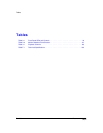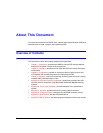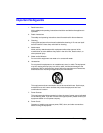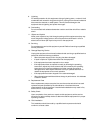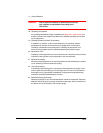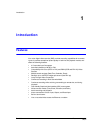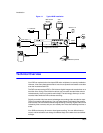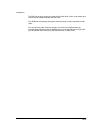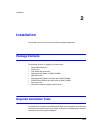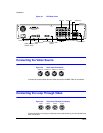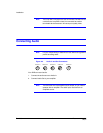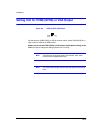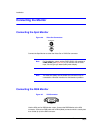
Introduction
Rev 3.03 2 Document 900.0315
02/07
Figure 1-1 Typical DVR Installation
Technical Overview
Your DVR can replace both a time-lapse VCR and a multiplexer in a security installation.
However, it has many features that make it much more powerful and easier to use than
even the most advanced VCR.
The DVR converts analog NTSC or PAL video to digital images and records them on a
hard disk drive. Using a hard disk drive allows you to access recorded video almost
instantaneously; there is no need to rewind tape. The technology allows you to view
recorded video while the DVR continues recording.
Digitally recorded video has several advantages over analog video recorded on tape.
There is no need to adjust tracking. You can freeze frames, fast forward, fast reverse,
slow forward, and slow reverse without image streaking or tearing. Digital video can be
indexed by time or events, and you can instantly view video after selecting the time or
event.
Your DVR can be set up for event or time-lapse recording. You can define times to
record, and the schedule can change for different days of the week and user defined
holidays.
Audio input 1–4
Audio output
1–4 cameras
ATM/POS
VGA
Spot
Digital Video Recorder
Internal CD-RW
USB backup device
Sensors 1–4
Siren
Flashing
Alarm
output
light
Monitor
Multi-screen
Monitor
VGA




